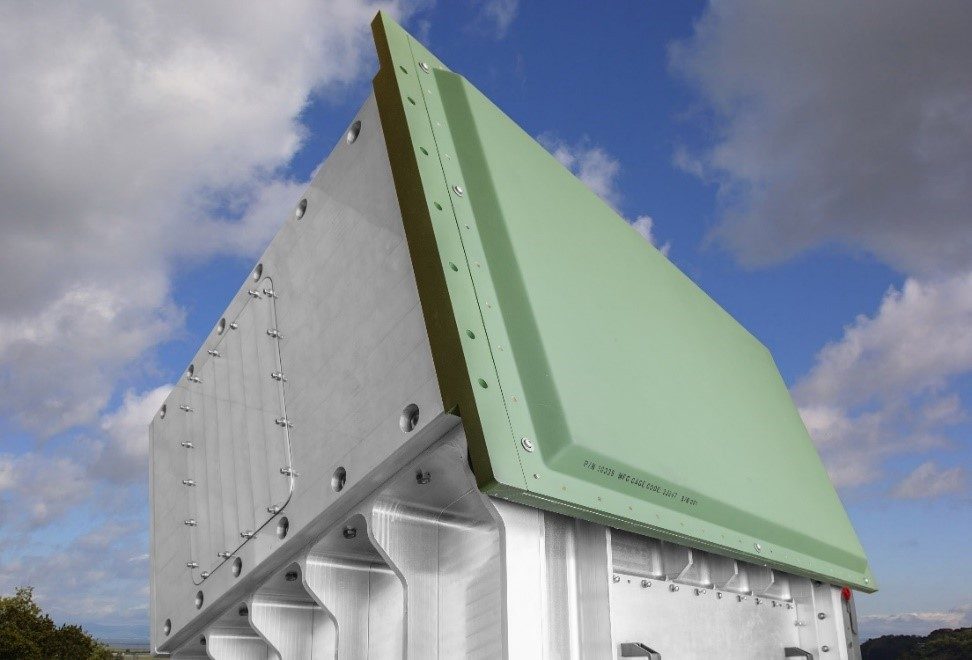Lockheed Martin Radar Achieves Milestones Months Ahead of Schedule, Meeting Army’s Rapid Modernization Needs
The Modern Threat
Hitting Milestones
Just over one year after the Army awarded Lockheed Martin the initial contract for the system, the Sentinel A4 radar array prototype is already operational. This milestone was achieved as the Lockheed Martin team also successfully completed the Critical Design Review (CDR) five months ahead of schedule.
“The U.S. Army Sentinel A4 program is on an accelerated schedule in order to deliver the radar to the field as quickly as possible,” says Mr. Troy Allen, Sentinel A4 radar product director for the Army.
“We designed Sentinel A4 for multi-domain operations and to seamlessly connect with the Army’s Integrated Battle Command System. It will have the flexibility to perform multiple missions for the commanders in the battlefield,” said Mark Mekker, director Lockheed Martin Army radar programs. “Unlike large static type radars, the Sentinel A4 is highly mobile and offers the maneuver commander the agility to adjust sensor coverage based on changing battlefield conditions.”
As of February, the Sentinel A4 program successfully completed several functional and design reviews ahead of traditional program schedules:
- Systems Requirement Review
- Systems Functional Review
- Preliminary Design Review
- Manufacturing Readiness Assessment – MRL Level 7
- Critical Design Review
“Our investment in a tactical representative array prototype sped up and improved the efficiencies of finalizing our hardware designs and has decreased the schedule risk, allowing us to give the prototype to our software team for system integration months ahead of schedule,” said Mekker.
How Sentinel A4 Is Staying Ahead of Schedule
The Sentinel A4 program has stayed ahead of schedule for several reasons.
Open Scalable Radar Architecture:
Lockheed Martin’s open architecture is the cornerstone of the radar system’s design and will allow for future upgrades that not only extend the life of the radar, but also address evolving threats over the next 40 years.
“To quickly mature the design of this radar system, we focused on the core building blocks, those repeating architecture elements that provide the real radar capability, and then scaled from there to bring up the mechanical structures around it,” Mekker said.
Investment in the Future:
Lockheed Martin has invested significantly in the advancement of its radar technology, including its automated manufacturing processes, which improves quality and leads to cost reduction.
“We can bring concepts to life by using digital design and modeling tools. This has provided the Army with significant opportunities to be part of the development of the system, yet still keep the program on an accelerated pace,” Mekker said.
Relationships:
The U.S. Army and Lockheed Martin have built a tremendous partnership for the Sentinel A4 program. Despite current global conditions, the collaboration between the Army and Lockheed Martin teams and their singular focus on mission success milestones, has resulted in an accelerated timeline.
“The last thing we wanted to do was build up an entire radar system and then get feedback from the Army. Changing designs and product drawings is expensive and, worse, time consuming – and in the end could prevent us from incorporating valuable Army feedback,” said Mekker.
The Mission: Improved Detection of Advanced Threats

Proven Radar Experience
With broad and deep experience developing and delivering ground-based radar solutions to customers, our Lockheed Martin high-performing, high-reliability, solid state radar (SSR) systems specialize in counter target acquisition, early warning, situational awareness, and integrated air and missile defense. Lockheed Martin radars are designed with a high degree of commonality, are available in highly mobile configurations, operate in all environments and are deployed worldwide. It’s why Lockheed Martin’s ground-based radars are the choice of more than 45 nations on six continents.




